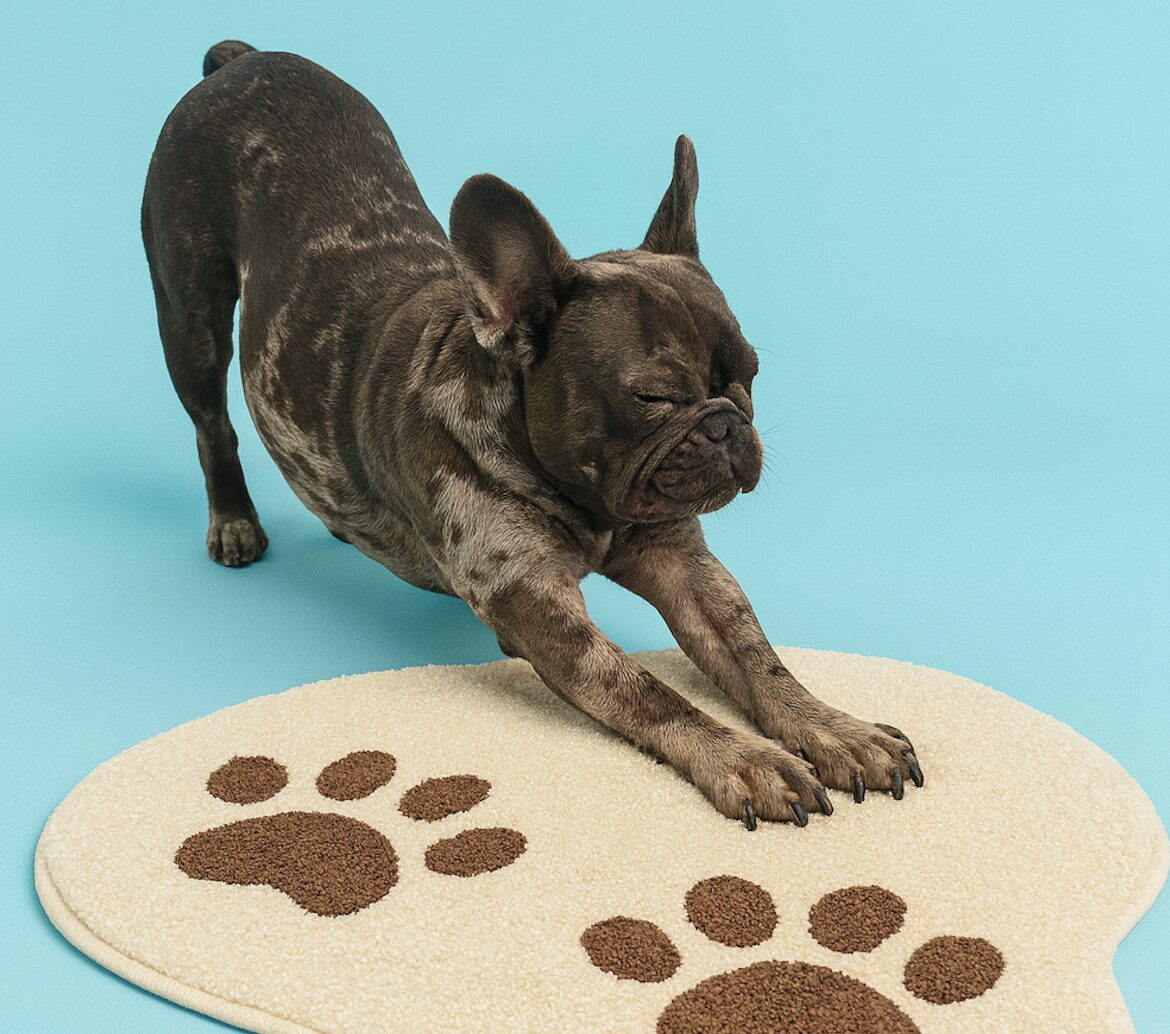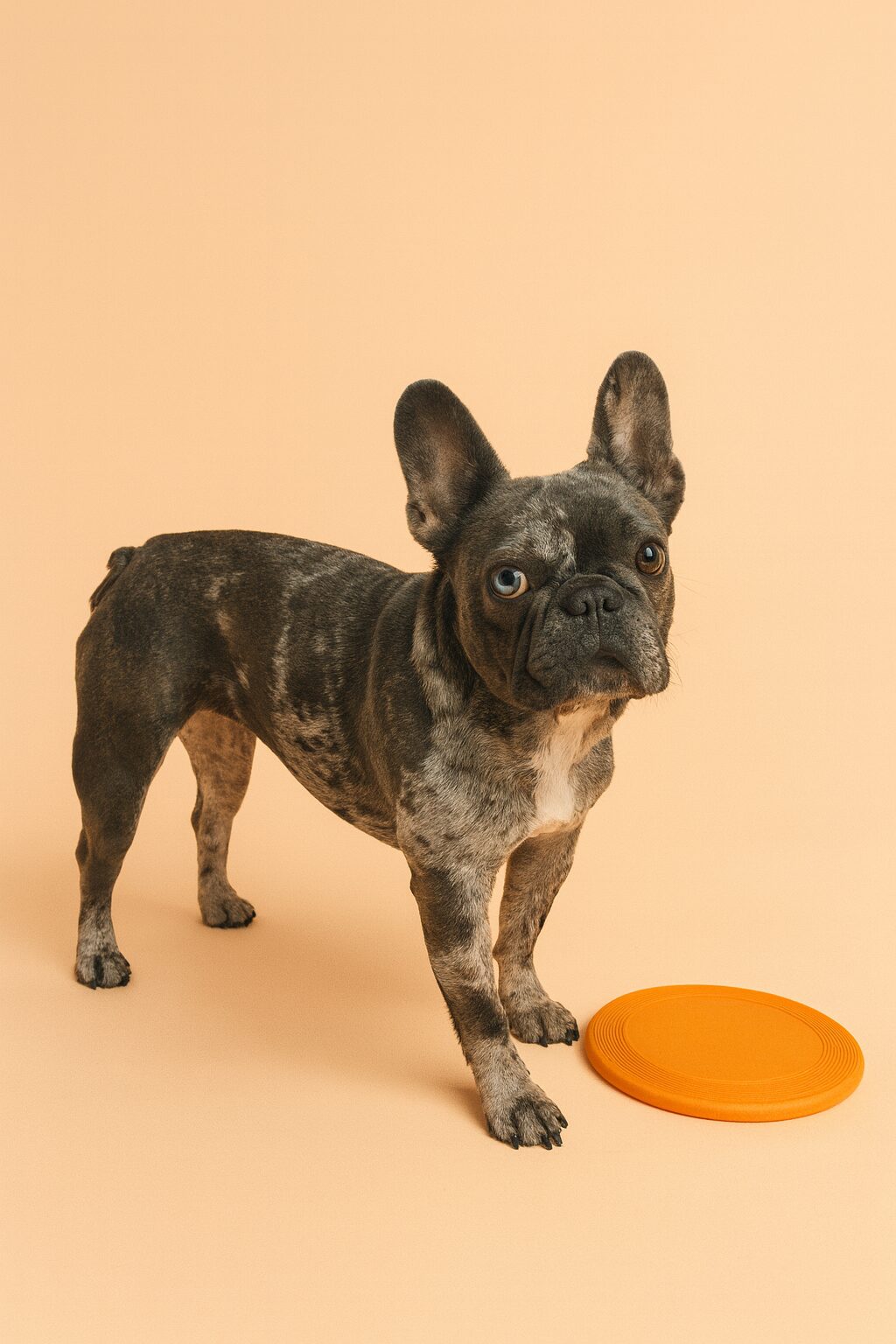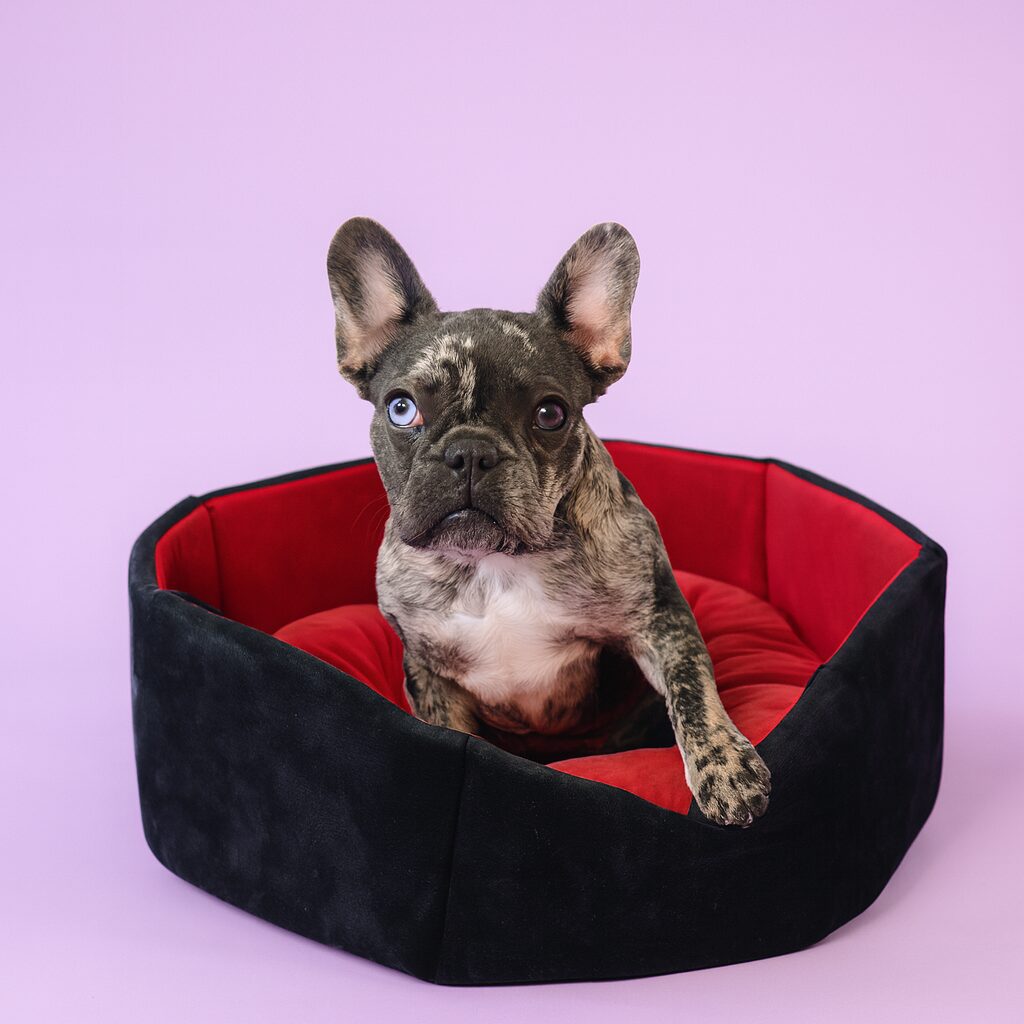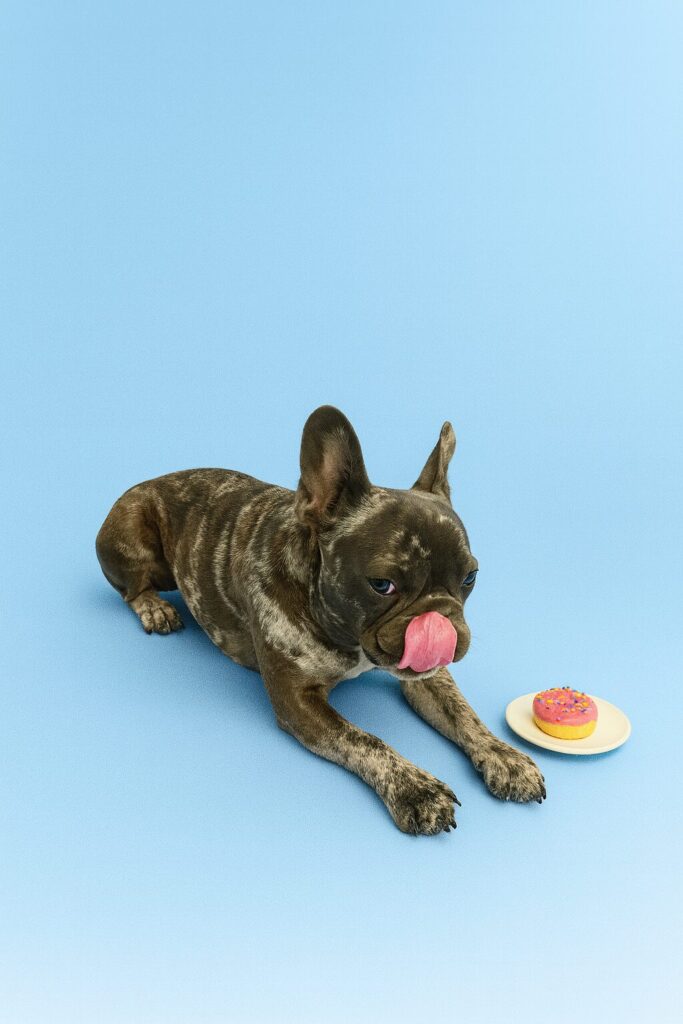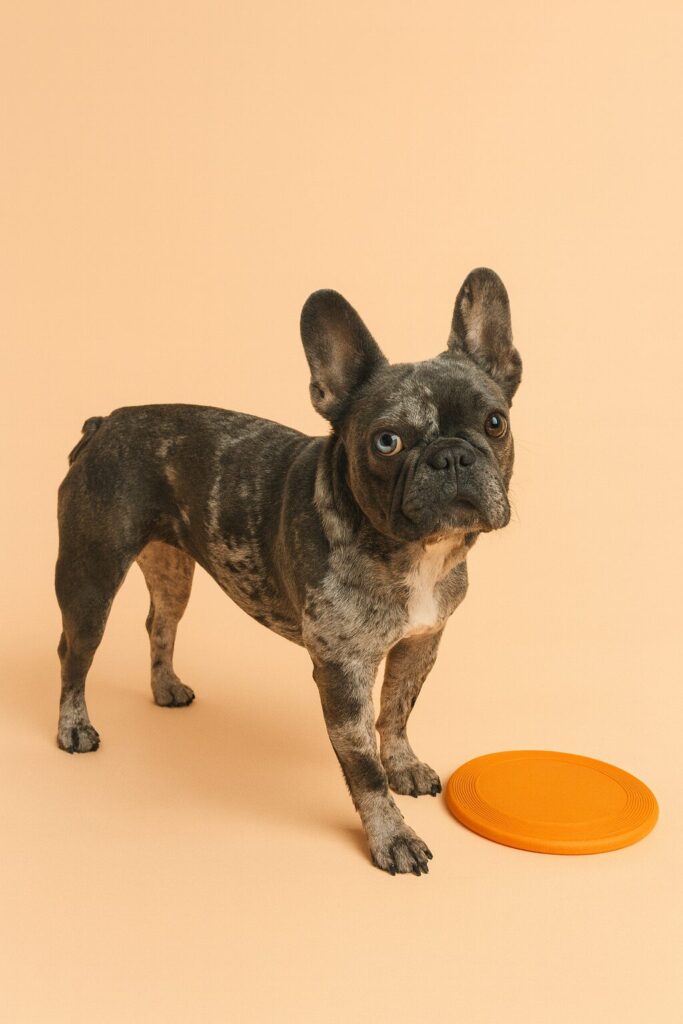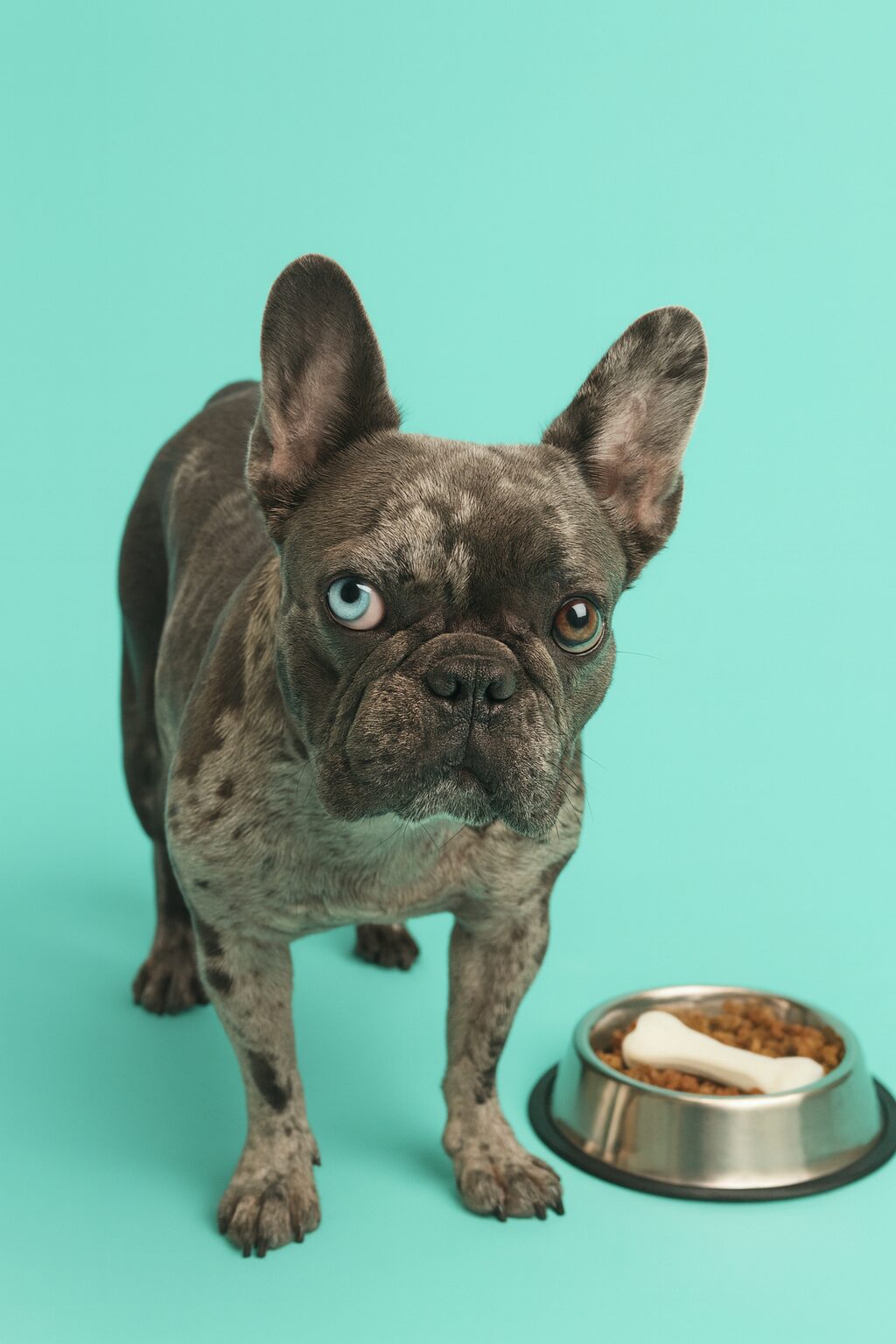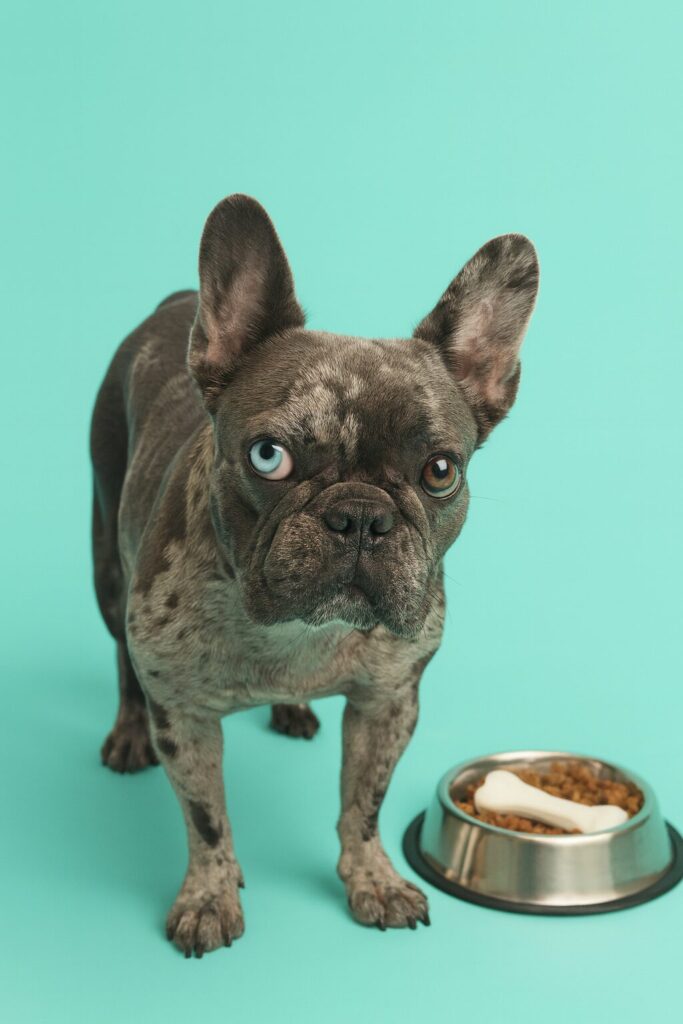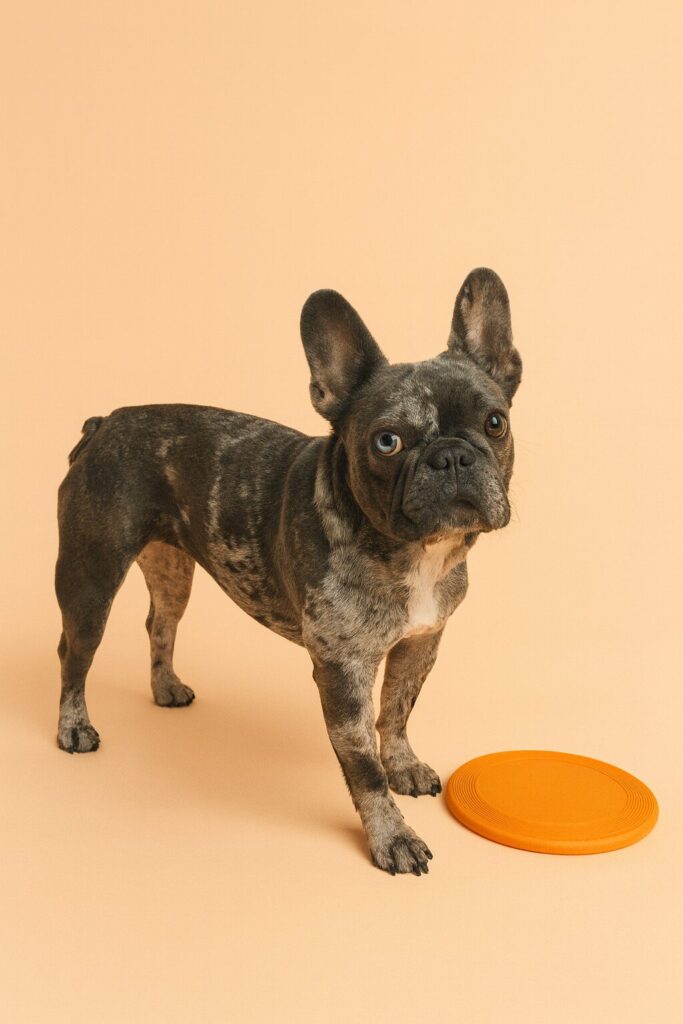Looking for simple, safe, and budget-friendly treats your French Bulldog will adore? Maven and I went full snack-scientist and curated a list of easy, homemade goodies—all with 5 ingredients or less!
Here are the top 5 that Maven actually snorts for:
🍌 1. Banana & Peanut Butter Bites
Ingredients:
- 1 ripe banana
- 2 tablespoons unsalted peanut butter (xylitol-free)
- 1 egg
- ½ cup oat flour (or blended oats)
Instructions:
- Mash banana and mix with other ingredients.
- Scoop into small balls and flatten.
- Bake at 350°F for 10–12 minutes.
✅ Rich in potassium and protein
❌ Avoid if your dog has grain allergies
🥕 2. Carrot & Coconut Nibbles
Ingredients:
- 1 cup finely shredded carrots
- 1 egg
- ¼ cup unsweetened shredded coconut
- ½ cup almond flour
Instructions:
- Mix, roll into small treats, and bake at 325°F for 15 minutes.
✅ Great for skin + digestion
❌ Skip if allergic to nuts
🫐 3. Frozen Blueberry Yogurt Drops
Ingredients:
- ½ cup plain Greek yogurt
- ¼ cup mashed blueberries
- Optional: 1 tsp honey
Instructions:
- Mix, spoon into silicone mold, freeze.
✅ Cooling, probiotic-rich
❌ For dogs without dairy sensitivities
🎃 4. Pumpkin Chews
Ingredients:
- 1 cup canned pumpkin (pure)
- ½ cup rice flour
- 1 egg
- Sprinkle of cinnamon (optional)
Instructions:
- Mix, form into cookies, bake at 350°F for 20 mins.
✅ Digestive support superstar
❌ Only use pure pumpkin, not pie filling
🍗 5. Chicken Jerky (One Ingredient!)
Ingredients:
- Boneless skinless chicken breast
Instructions:
- Slice thin, bake at 200°F for 2–3 hours until dry and chewy.
✅ High protein, dog-approved
❌ Store in fridge; lasts 7–10 days
⚠️ Frenchie-Safe Tips for Homemade Treats
- Avoid grapes, raisins, onions, garlic, and xylitol
- Test new treats in small amounts first
- Always check with your vet if unsure!
🐶 Final Snort of Approval
Maven believes homemade snacks = homemade love. These simple recipes keep her snorting with joy and keep her health in check. And bonus? They smell good enough for humans to steal (but please don’t).

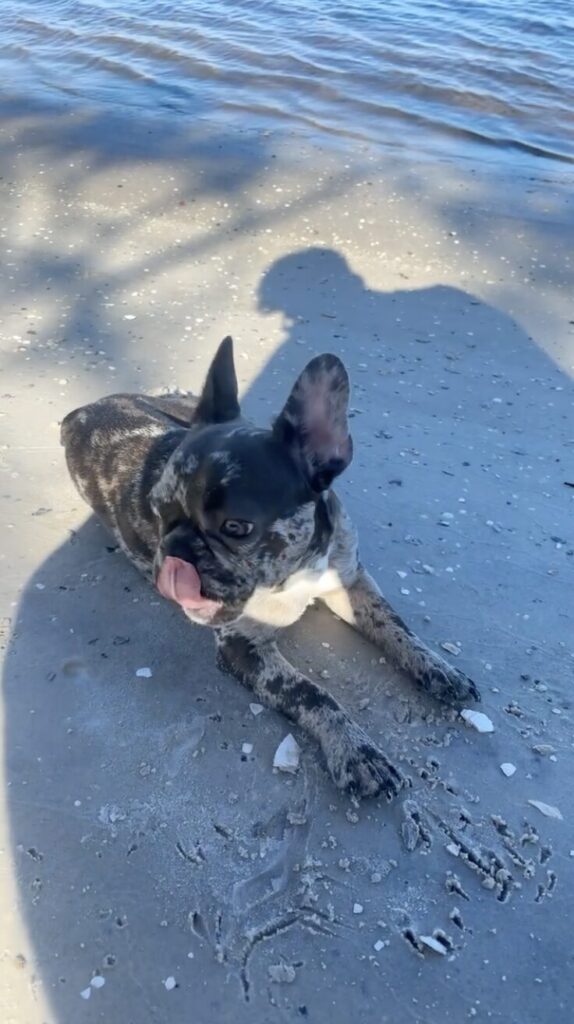
🐾 Meet Maven: A Book Full of Snorts, Sass, and Heart
Maven the Maybe-Something-Else is a heartwarming and hilarious picture book that celebrates identity, imagination, and the weirdly wonderful ways our pets show us who they really are. Inspired by the true story of a little Frenchie with a big personality, this story helps kids learn to love themselves — quirks and all.
